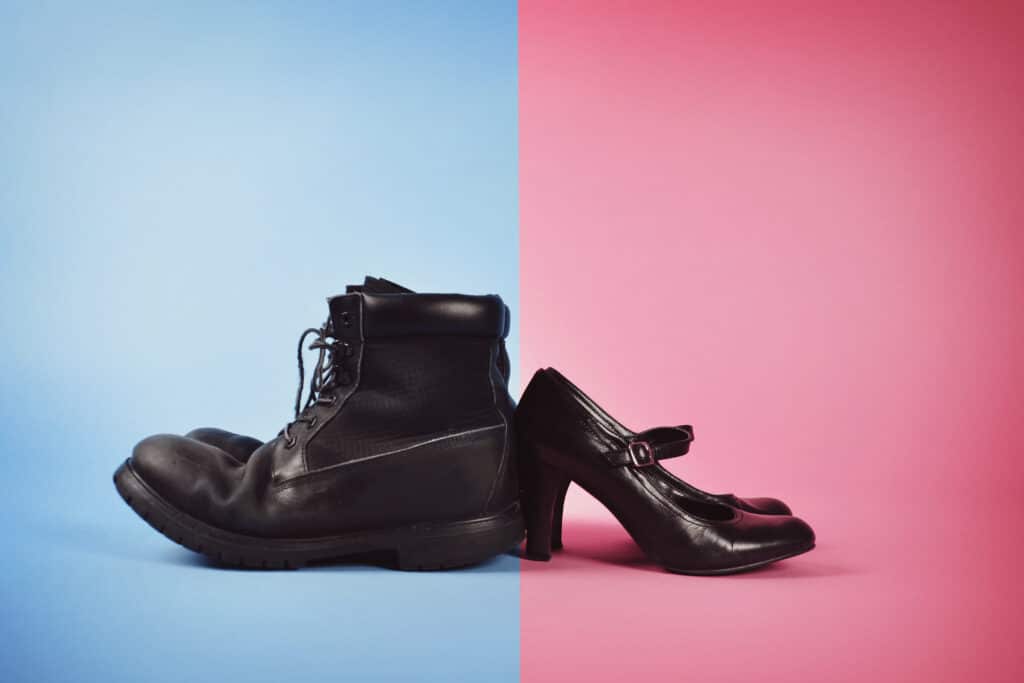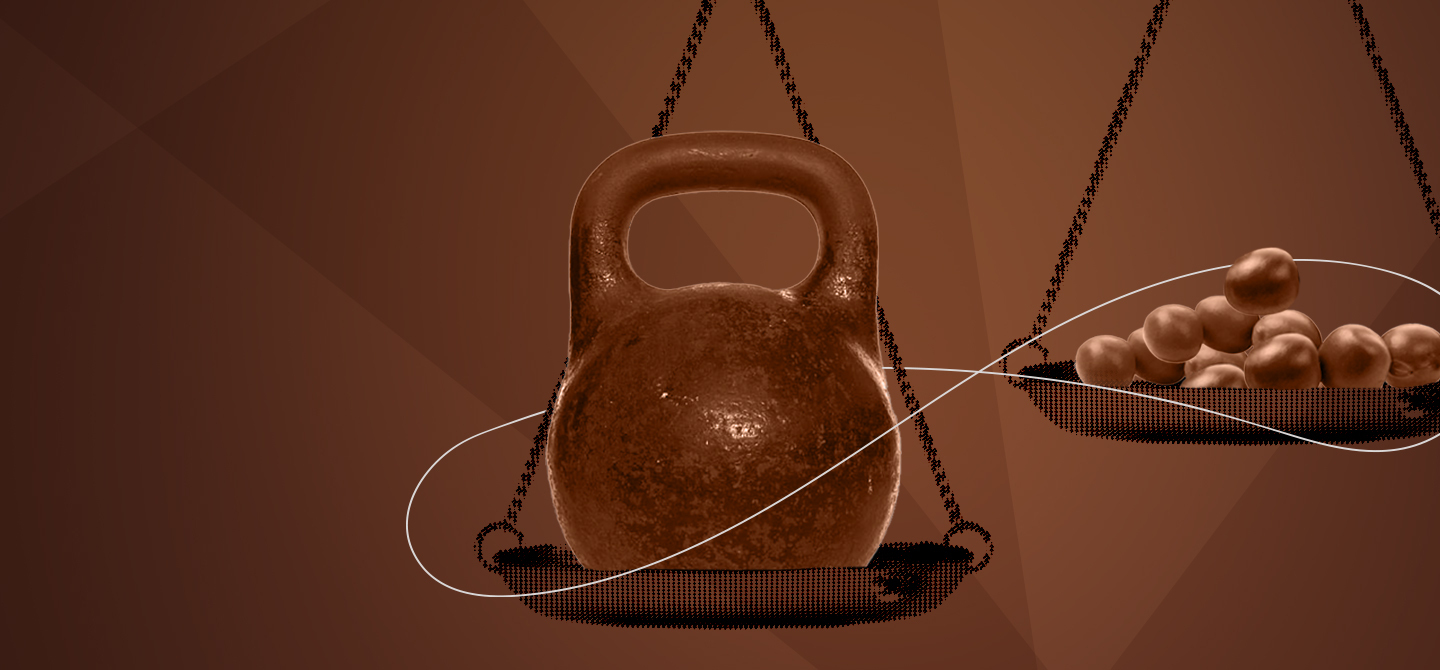Three traps set by stereotypes
- Stereotypes are impressions shared by all the members of a group about all the members of another group, or about themselves.
- They help us to think quickly, to understand the world through simplified categories, to preserve our ego and to maintain a social consensus.
- Research in social psychology has shown that stereotypes affect our judgements independently of our awareness, often where we do not expect them.
- Stereotypes can be a source of self-censorship: they can be seen as self-fulfilling prophecies.
- Stereotypes are part of our “social DNA”, but we can train ourselves to evaluate them to correct ourselves.
“A father and son have a serious car accident. The father falls into a deep coma. The son is injured and needs emergency surgery. He is taken to hospital. As they enter the operating room, the surgical intern looks at the child and says: ‘this is too emotional for me, I can’t operate on him: he’s, my son!’” How can this be? Take a minute to think about the above question, and before we discover the answer, let’s start by exploring the common world of stereotypes.
Shared? Well yes, stereotypes are impressions that all members of a group share about all members of another group or about their own group1. They are building blocks of our mental functioning, just like cognitive biases, heuristics, and other shortcuts of thought. They help us to think quickly and effortlessly, to understand the world through simplified categories, to preserve our ego through often advantageous comparisons with others, and to foster social consensus. However, behind these self-evident facts lie three traps that we should anticipate to maintain a minimum of free will in our judgements and decisions.
#1 Unwittingly judgemental
Etymologically, the term stereotype comes from the printing industry and refers to the rigid matrix used to impregnate motifs in a repeated and identical manner. Transposed to psychology, stereotypes thus correspond to repetitive and fixed mental images – not always conscious, but always exaggerated – which colour our perception of others by simplifying it. Motivated by a mechanism of simplification of the world, they concern the categories of first impression: physical appearance, origin and geographical affiliation, professions, sex, age range, etc. The most attractive people are, for example, attributed skills and psychological balance that they do not necessarily possess. As a result, they are listened to more during a group discussion, they are rated better during an evaluation, they are easily perceived as honest and charismatic2…

Of course, each person will attribute to his or her own group prejudices that are rather favourable: “what is intelligent, thrifty and spontaneous for one’s own group becomes resourcefulness, greed and impulsiveness for the other group3”. Moreover, not all stereotypes are false, and some are even based on well-established facts. What can be problematic is their overgeneralisation and often simplistic nature, as well as their rigidity and persistence. Many stereotypes emerge in the absence of any reality, based on isolated cases or rumours4, conveyed by the media, opinion multipliers or certain pressure groups, and now more easily with the Internet and social media.
Research in social psychology has shown how stereotypes affect our judgements independently of our awareness, and what is more, often where we do not expect them. Therefore, experimental research methods are an excellent way to reveal them to ourselves.
Let’s illustrate this with an ingenious study by Madeleine Heilman and Julie Chen5 from 2005. They produced two strictly identical professional reports, featuring Dominique, sometimes a man, sometimes a woman, in charge of a service company, five years seniority, and manager of four people. The report presents Dominique’s activities during a typical day. Dominique ends the day by being asked by a colleague to do them a small service related to a delay in a file. In one version of the report, Dominique agrees to stay and help the colleague, while in another version, Dominique refuses. Hence, there are four versions of the story. Four different groups of human resource professionals are then exposed to one of the stories and asked to evaluate Dominique on several dimensions, including job performance.
If Dominique is a man and agrees to help a colleague, then his job performance is judged to be superior to that of the woman who helps her colleague! Similarly, if Dominique-male does not help his colleague, then he is not undervalued, whereas Dominique-female is. Why is this? Well, because the stereotype “it is in the nature of women to help others” implies that if a woman helps a colleague, it is considered normal. Whereas if the woman does not show altruism, we look for a reason, for example, we consider that she is not that professional… On the other hand, a man who does not help does not pose a problem, since it is not part of social expectations. Whereas a man who helps is noticed… to the point of considering that it is linked to his professional skills! This positive or negative contamination is the result of a halo effect, like a wave that irrigates judgements based on a first impression. These phenomena are rarely conscious, which makes them particularly pernicious.
As we can see, there are real social constructions behind our judgements and decisions, which to a certain extent, impose themselves on our way of thinking. It is time to return to our original enigma: who is the surgical intern? The stepfather? The adoptive father, the adulterer, the father’s spouse? Yes, these are all possible, but there’s a simpler solution: it’s the child’s mother! Did the stereotypical association surgeon = man work for you?
#2 Pledging allegiance
Stereotypes and their negative aspects, prejudices, can be a real threat and psychological burden to the people they target6. Bad reputations7 are a stigma and a source of self-censorship, the effect of which is unfortunately to confirm beliefs: we speak of self-fulfilling prophecies.
To illustrate these phenomena, Laura Kray and her colleagues at the University of Berkeley8 have carried out a very interesting study on gender stereotypes in the ability to negotiate in the business world.
We are in an MBA program, and the students are doing a case study in which they are given a file on a biotech company whose sale they will have to negotiate as best they can. The company is valued at between $17–26m, they have a complete file on its balance sheet and its market, and they will be faced with a client whose objective is to buy the company as cheaply as possible. It is up to them to find the arguments to sell it for the highest possible price.
Two groups of students are formed. For the first group, called “exercise”, the case study is presented as follows: “This exercise is designed as a way for you to familiarise yourself with the basic concepts of the negotiation activity. This is a practice exercise, use it as a learning tool”. For the second group (referred to as “real life”), the study is presented as follows: “You are taking part in this negotiation exercise because it will be a very useful test of your negotiation skills, competences, and shortcomings. According to our school’s background, this test is a good indicator of your negotiation performance in your professional future”. As you can see, in this version the pressure is on, and the challenge is to show what you can do.
The following graph shows the performance rate of students in both groups.
We see in the “exercise” assignment that men and women perform equally well. However, as soon as the stakes in the situation become high (“real-life”), men are stimulated, and women are held back. Why is this? The authors analysed this result using the concept of stigmatisation: negotiation in the business world requires assertiveness, competition and even aggressiveness, qualities that are considered to be male attributes, which have a motivating effect on men in the “real life” condition. The opposite is true for women. This process is not conscious, and this is precisely the issue with self-censorship due to stereotyping.
But what happens if we make this explicit? Will women become aware and rebel? This is what the authors did in the second stage of the research, with a new class of students. We still have two groups: the “real-life” group, which has the same instructions as before. And a new group, called “awareness”, with the following instructions: “This exercise allows you to evaluate your negotiation skills in the business world. It will allow you to check whether you have the necessary qualities: high standards, logic, ability to express your ideas without letting your emotions show and without being too accommodating. These are qualities for which large variations in performance have been measured, for example in the differences between men and women.” The results speak for themselves: this instruction acts as positive stimulation for the women!
The result obtained in this second phase seems promising: it shows that it is possible to overcome stereotypes, if we talk about them and expose them. It is a question of transforming a risk into an opportunity, and to do this, stereotypes must not be allowed to operate in the background: they are processes that operate in the shadows, and their impact is all the greater if they are not brought to light. Making them visible, making them explicit and denouncing them is an excellent opportunity to shake them up! But is it enough?
#3 Understanding is not awareness
Is the fact of having understood the above and agreeing with what is being said a guarantee of control over one’s own stereotypes? Certainly not! Paradoxically, research shows that there is a rebound effect9: by asking people to disregard their stereotypes too much, they end up developing an illusion of control which weakens the regulation of their own stereotypes. Modesty must therefore remain the guiding principle of an assumed regulation of stereotypes: even if we consider ourselves to be non-racist, non-misogynist, non-homophobic, etc., we must keep in mind that we all have stereotypes and that we must not lapse into an ineffective moralising vision. To think that having stereotypes would make us an outcast is absurd: stereotypes are embedded in our “social DNA10”, culture shapes our minds, even in its most caricatured form.
For this reason, a good way of maintaining our vigilance regarding our own behaviour is to measure our own implicit stereotypes using procedures that are now well validated, such as the “Implicit Association Tests » (IATs)11, for which there are online tools that will serve as a useful follow-up to this article. This type of exercise allows us, without moralising, to be confronted with our own non-conscious judgemental biases, and to be motivated to correct them: as a last resort, it is the process of psychological inhibition that is beneficial in learning to resist a part of ourselves12.
You can take Implicit Association Tests here :
https://implicit.harvard.edu/implicit/canadafr/selectatest.jsp















